How to make perfect roast beef with all the trimmings, by Simon Hopkinson
'It has to be roast beef with Yorkshire puddings and homemade horseradish – I don’t think I could eat roast beef without it. Any leftover meat is almost as nice as having the roast itself'
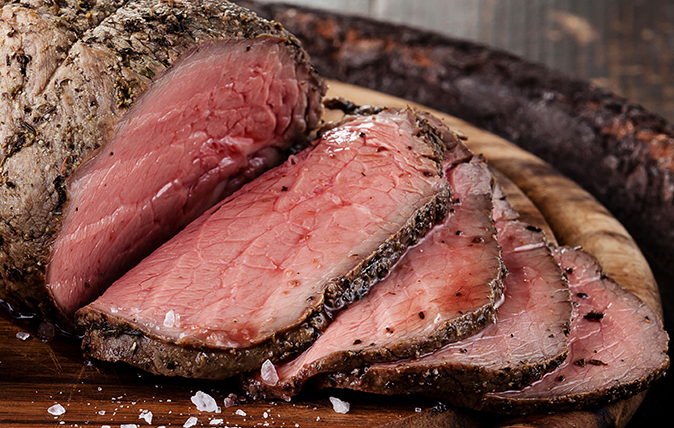

Simon Hopkinson’s roast beef
Roast beef
A nice rolled rib of beef with the bones left in; ask the butcher to run a knife around the edges of the bones (to help with carving). A good layering of fat is essential and put plenty of salt and pepper on it before cooking.
Put about 200g of cheap stewing meat around the joint, to help with the gravy, bung it in a high oven – 220˚C/425˚F/gas mark 7 – for about 20 minutes, then turn it down to 180˚C/350˚F/gas mark 4 for about one hour (for a 2kg joint) for medium rare. If it’s medium rare, it’s better when it’s hot; if it’s rare, it’s much better cold. Resting is of the utmost importance; for beef to be perfectly carved and served, it has to be almost room temperature.
Cover loosely with foil (but not tightly or it will keep on cooking) and leave it at the back of the stove for as long as you like. When carving, I go along until I get to a bone, then take the bone out. I don’t like beef thickly sliced, but old-fashioned thin, like smoked salmon.
Gravy
Take the joint out, leaving those little chunks in. Tip off the excess fat for the potatoes and Yorkshires, stir in a little flour and beef stock or vegetable water, then leave to simmer for 40 minutes and strain. You’re basically making a small, thickened stock. I don’t put wine in the gravy – I like it tasting of meat.
Horseradish
Use at least half a root of fresh horseradish and grate it by an open window, so it blows the fumes away. Very few people know that the addition of sugar makes horseradish really hot as it does something to the enzymes – use a couple of teaspoons. Add cream, a squeeze of lemon juice and salt – it really doesn’t need pepper.
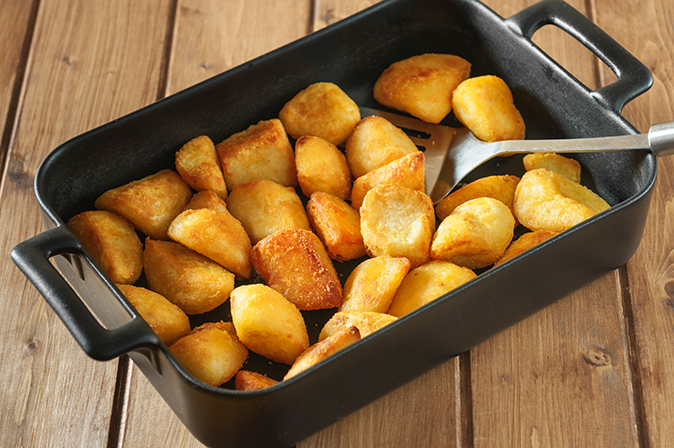
Roast potatoes
Desirees make the best roast potatoes. Simmer them in salted water, in not-too-big chunks (I’d get three pieces from a medium-sized potato). Cook them daringly, so they’re almost cooked through. If some pieces fall off, they’re always the best bits. Lift the potatoes into a colander with a slotted spoon, then shake them around.
There’s nothing better than beef dripping to cook them in and roasties do best in the bottom of the oven. Turn them over once the undersides are going nice and golden and put them back. Then, drain off all the fat – this way, they go really ‘rustly’.
Sign up for the Country Life Newsletter
Exquisite houses, the beauty of Nature, and how to get the most from your life, straight to your inbox.
Yorkshire puddings
Make up the batter first thing and get it out of the way, but cook them at the last minute, while the beef is resting. I use a 12-muffin, non-stick tray. Put a bit of fat in the bottom of each one; you must get the fat really hot. Use a jug and don’t overfill. When everything’s done, whack the oven up to 220˚C/425˚F/gas mark 7 and leave the potatoes in the bottom while the Yorkshires are cooking (at the top).
Vegetables
As a child, we used to have a lot of mashed carrot or swede. I love those two; just boil in salted water, drain well (swede throws out a lot of water) and mash with lots of butter and pepper.
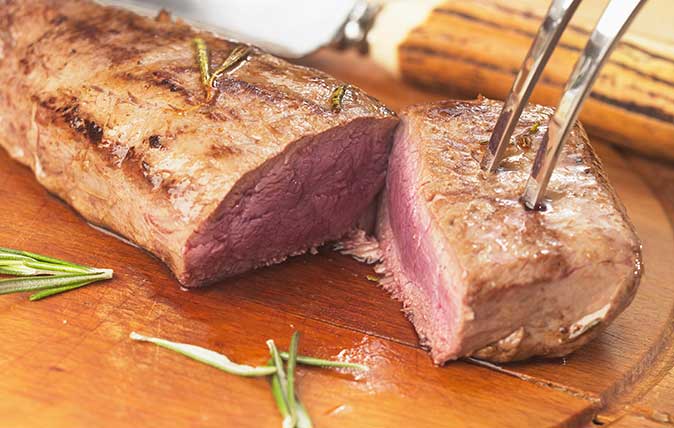
Credit: Alamy DXG4KX
How to carve meat: A guide from the Master Carver at Simpson's on the Strand
Manzil Diniz has been the official 'Master Carver' at Simpson's on the Strand for 15 years. He shared his top three
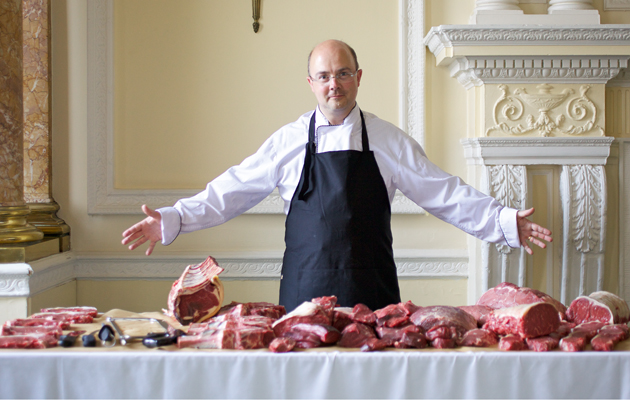
How to butcher a cow [VIDEO]
A cut above the rest: John Goodall discovers how to prepare good meat.
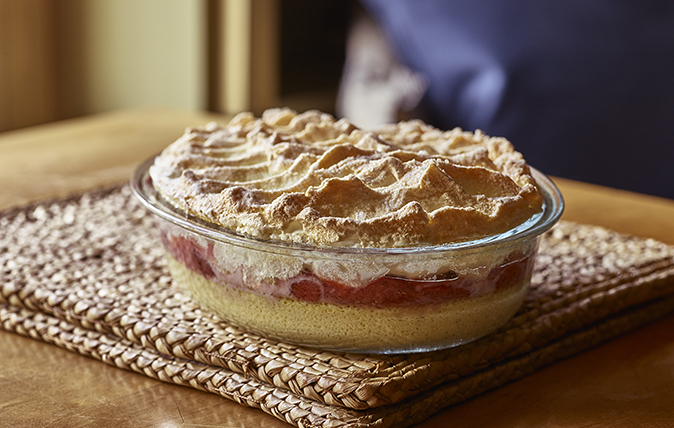
A luxury queen of puddings, perfect for Easter lunch
Add a little eggs-travagance to the table this Easter Sunday.
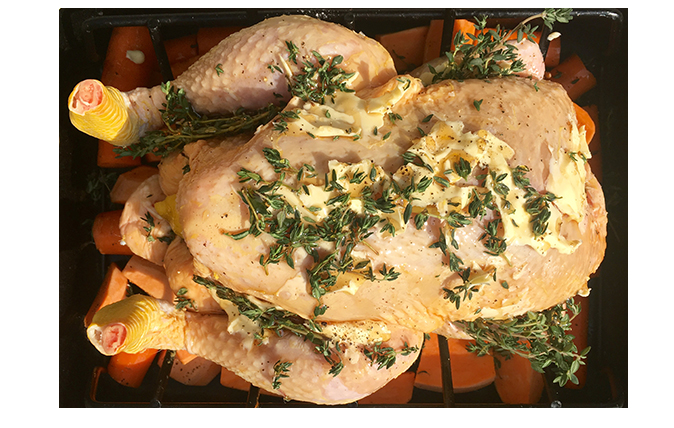
Maple roast chicken with orange mash
This bronzed, sweet and sticky chicken is perfect for a summery, Sunday lunch
-
 The King's favourite tea, conclave and spring flowers: Country Life Quiz of the Day, April 22, 2025
The King's favourite tea, conclave and spring flowers: Country Life Quiz of the Day, April 22, 2025Tuesday's Quiz of the Day blows smoke, tells the time and more.
By Toby Keel
-
 London is the place for me* (*the discerning property buyer)
London is the place for me* (*the discerning property buyer)With more buyers looking at London than anywhere else, is the 'race for space' finally over?
By Annabel Dixon
-
 Spam: The tinned meaty treat that brought a taste of the ‘hot-dog life of Hollywood’ to war-weary Britain
Spam: The tinned meaty treat that brought a taste of the ‘hot-dog life of Hollywood’ to war-weary BritainCourtesy of our ‘special relationship’ with the US, Spam was a culinary phenomenon, says Mary Greene. So much so that in 1944, London’s Simpson’s, renowned for its roast beef, was offering creamed Spam casserole instead.
By Country Life
-
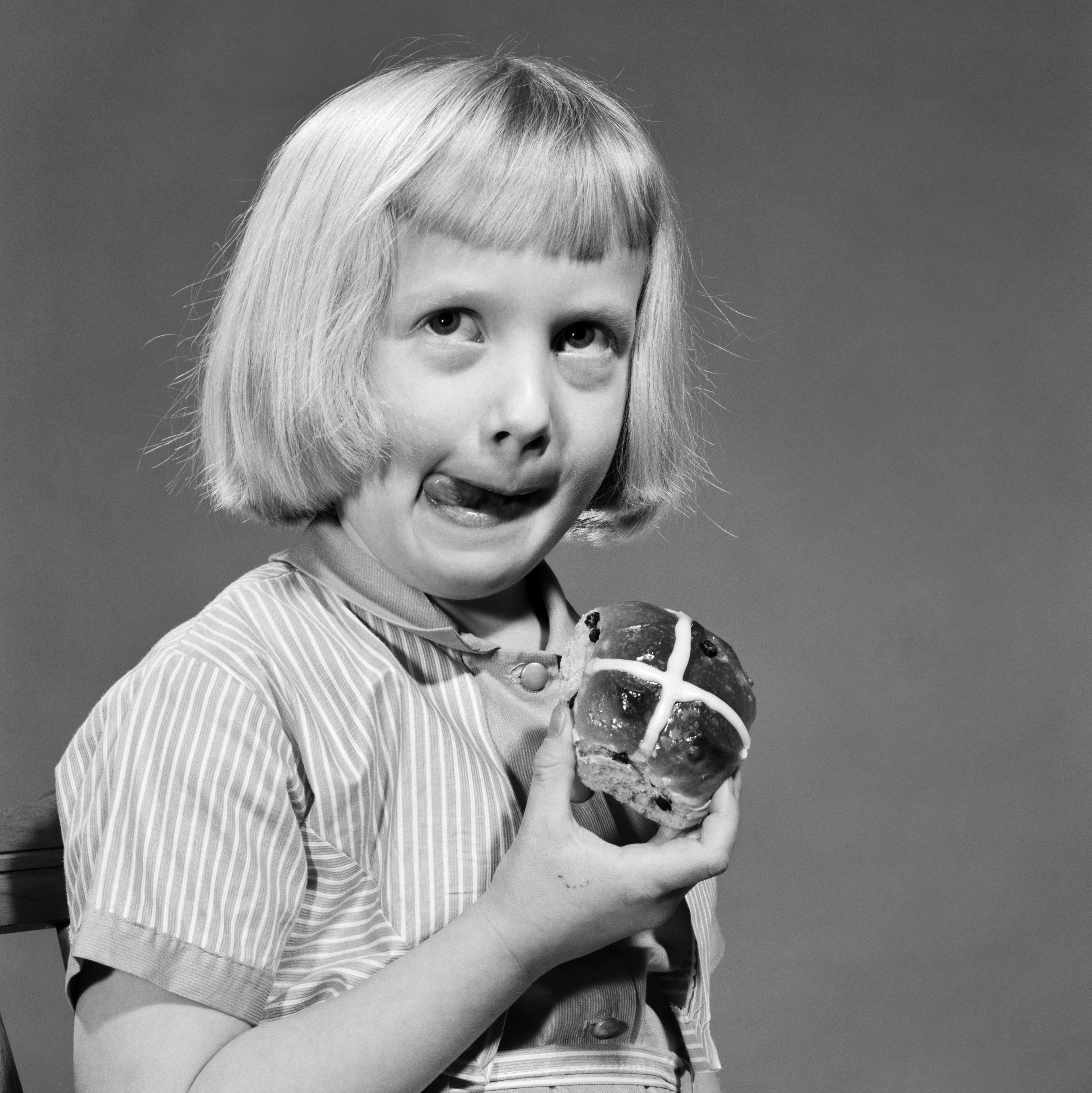 Never leave a bun behind: What to do with leftover hot cross buns
Never leave a bun behind: What to do with leftover hot cross bunsWhere did hot cross buns originate from — and what can do with any leftover ones?
By Amie Elizabeth White
-
 Two quick and easy seasonal asparagus recipes to try this Easter Weekend
Two quick and easy seasonal asparagus recipes to try this Easter WeekendAsparagus has royal roots — it was once a favourite of Madame de Pompadour.
By Melanie Johnson
-
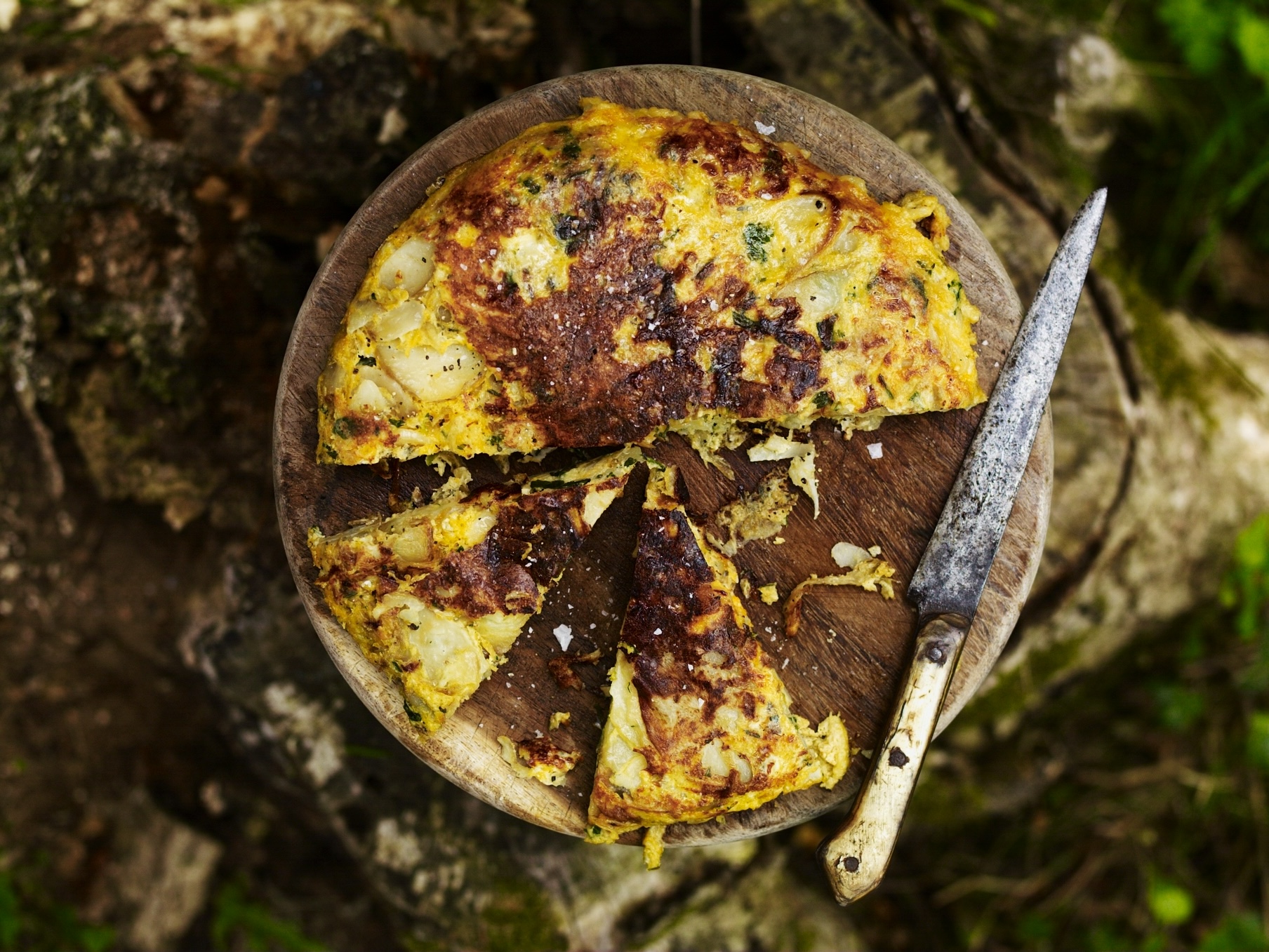 Gill Meller's recipe for a seasonal new potato omelette, with smoked garlic, onions and Cheddar cheese
Gill Meller's recipe for a seasonal new potato omelette, with smoked garlic, onions and Cheddar cheeseBy Gill Meller
-
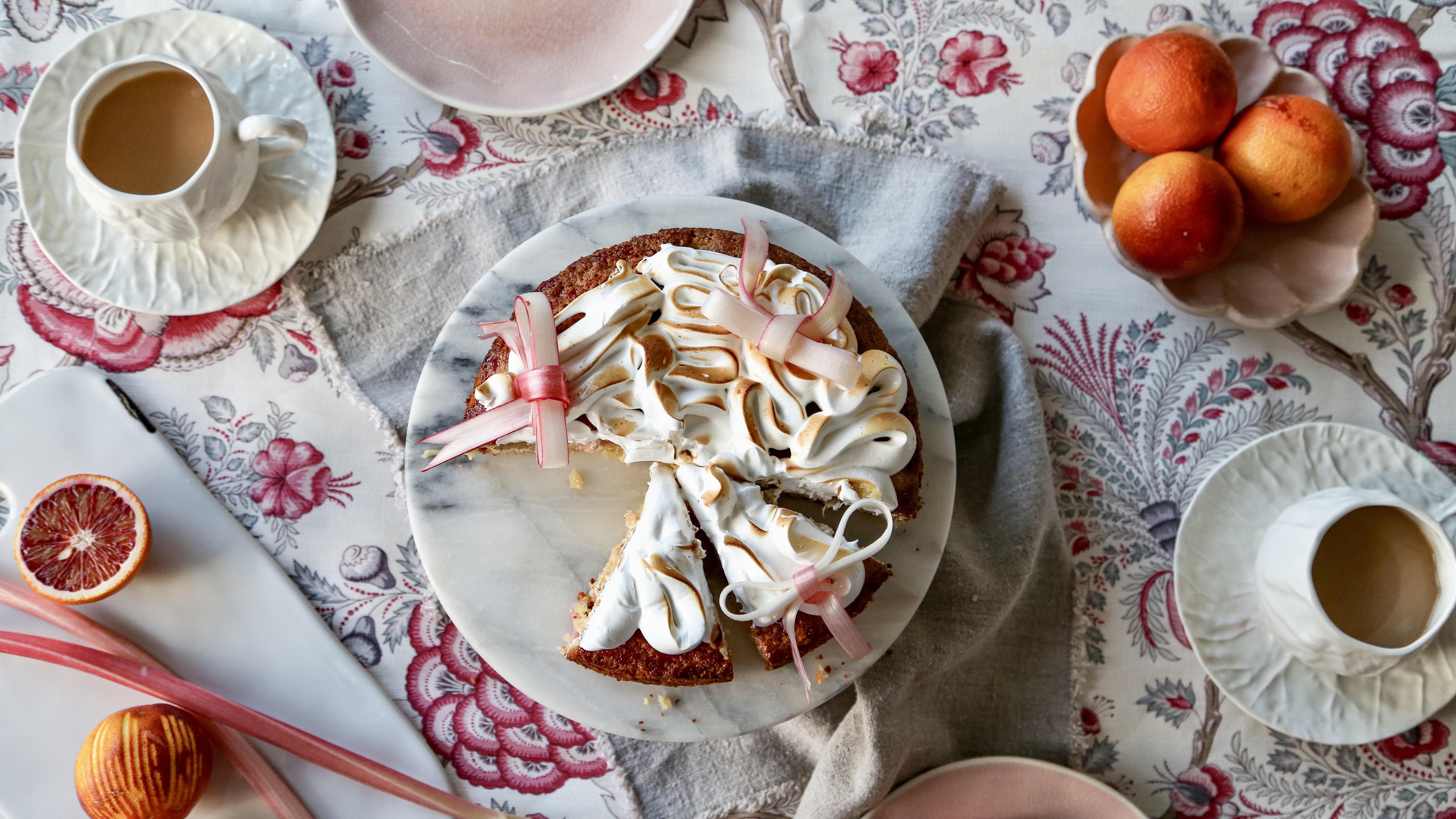 How to make a rhubarb and Swiss meringue cake that's almost too pretty to eat
How to make a rhubarb and Swiss meringue cake that's almost too pretty to eatMake the most of the last few stems of forced rhubarb.
By Melanie Johnson
-
 The prettiest Easter eggs for 2025
The prettiest Easter eggs for 2025Warning: Don't read if hungry.
By Rosie Paterson
-
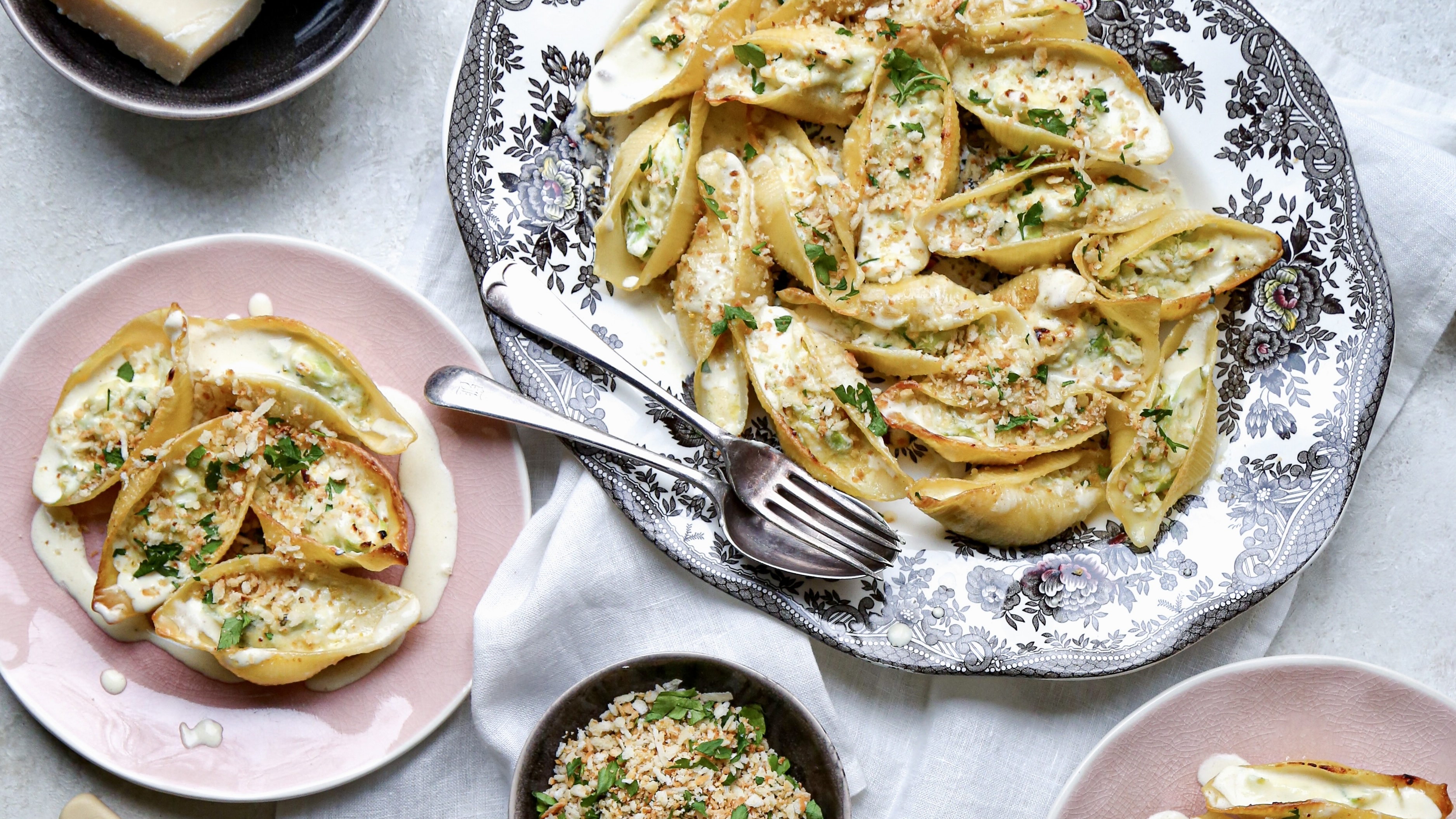 An Italian-inspired recipe for lemon-butter pasta shells with spring greens, ricotta and pangrattato
An Italian-inspired recipe for lemon-butter pasta shells with spring greens, ricotta and pangrattatoSpring greens are just about to come into their own, so our Kitchen Garden columnist reveals exactly what to do with them.
By Melanie Johnson
-
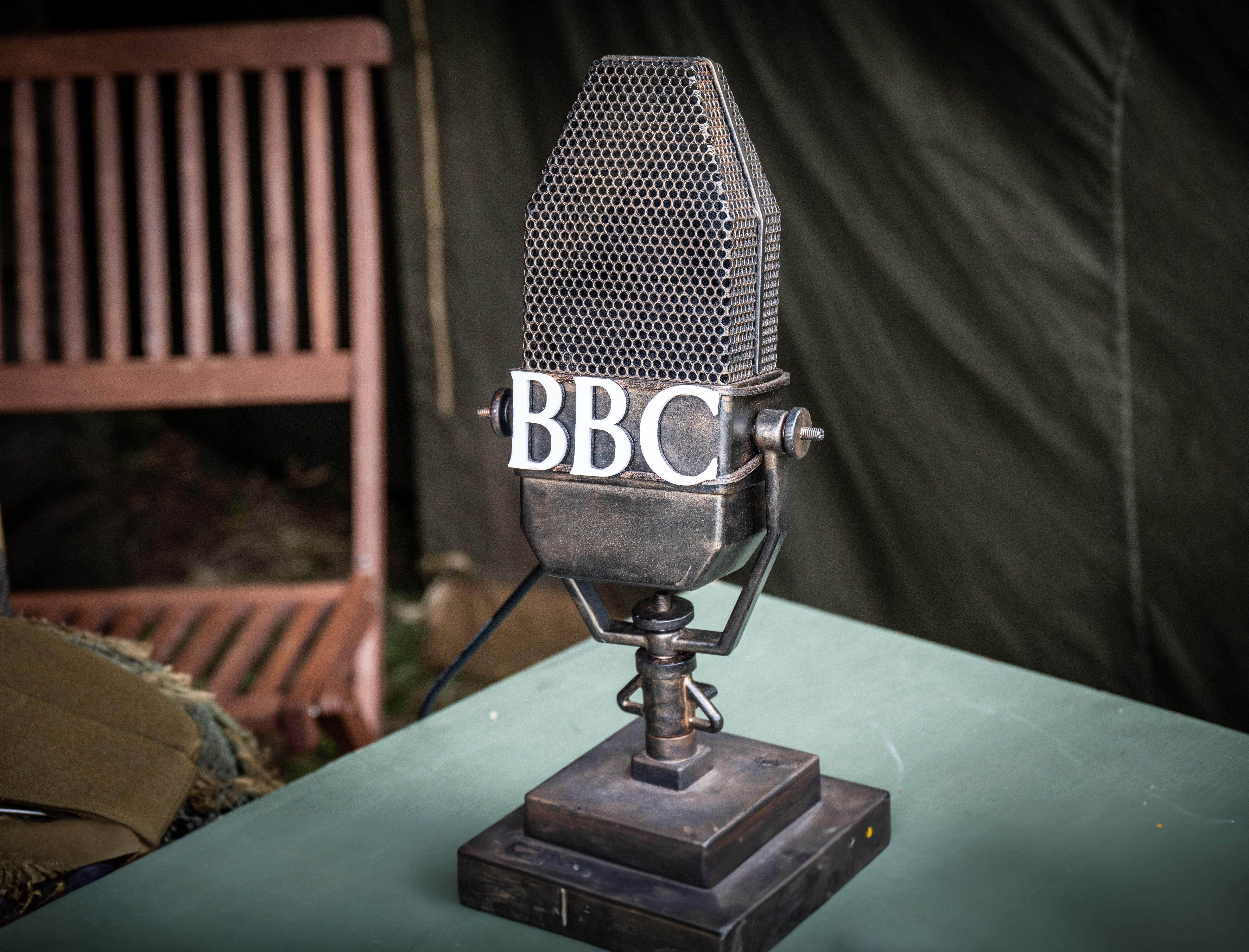 Curious Questions: What is the greatest April Fool's prank ever played?
Curious Questions: What is the greatest April Fool's prank ever played?As April 1 looms, Martin Fone tells the tale of one of the finest stunts ever pulled off.
By Martin Fone